
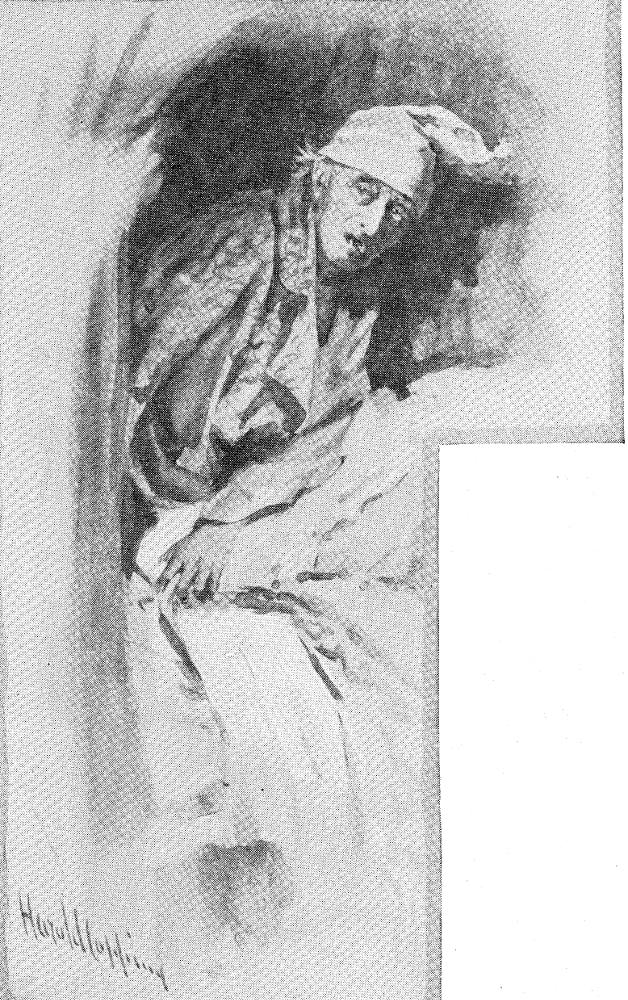
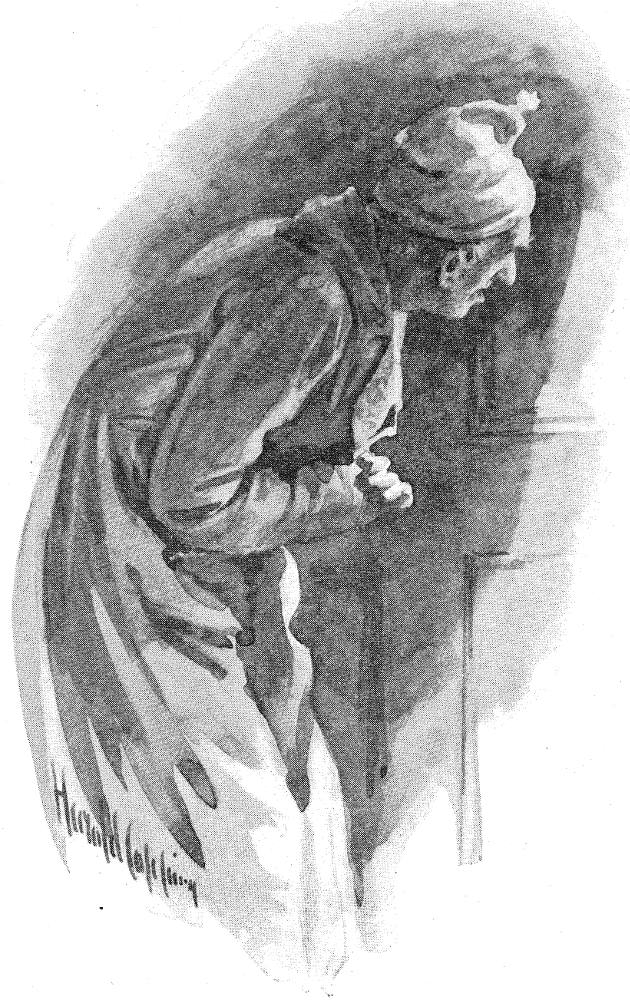

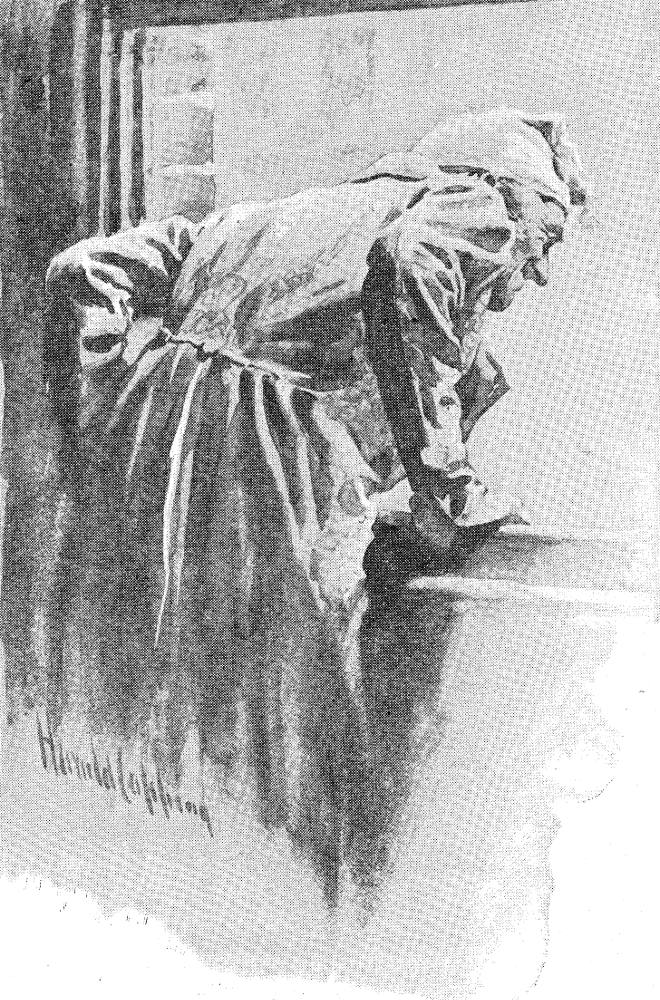
Illustrator Harold Copping has incorporated eight miniatures or vignettes into the amply illustrated 1911 Raphael Tuck edition of Dickens's A Christmas Carol giving the sixty-eight-year-old classic a new look, utilizing the new technology of the lithograph to set up readers' expectations at the beginning of each chapter or "stave" of the 1843 novella.
Passages Illustrated: The Captions for the Five Stave Vignettes
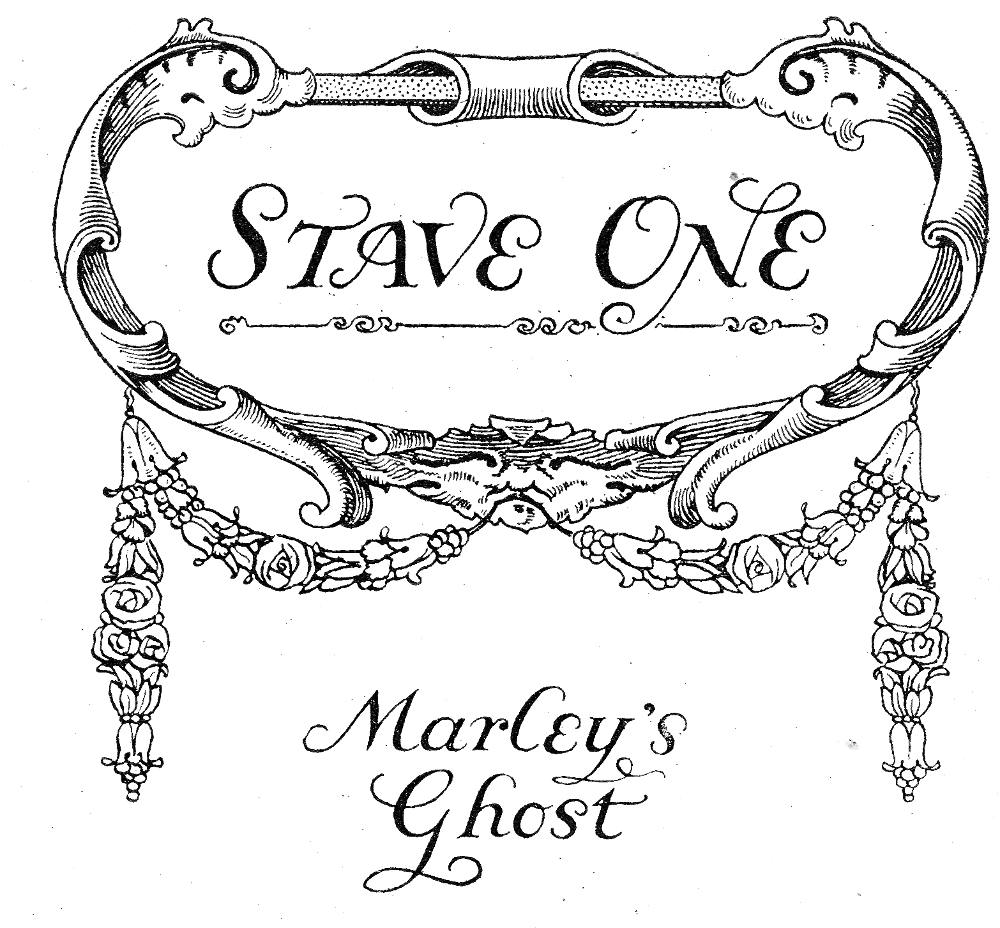
Each of the vignettes has a caption drawn directly from the relevant Stave to complement the various portraits of Ebenezer Scrooge: I: Scrooge in His Counting House p. 5, II: Scrooge Waking up in Bed, p. 33, III: Scrooge at His Bedroom Door, p. 59, IV: Scrooge on His Knees, p. 93, and V: Scrooge Leaning out the Window, p. 117.
Significantly, Ebenezer Scrooge appears just once in his business suit (Stave One), and is otherwise depicted in nightcap and dressing-gown, for most of this novella is his dream-vision of his own past, present, and future. In what we might term "a miser's progress towards redemption," he moves from studying his account books (left) through curiosity, amazement, contrition, and renewed social engagement, exemplified by his interaction with the street-boy as he orders the prize turkey for his put-upon employee.
Oh! But he was a tight-fisted . . hand at the . . . grindstone, Scrooge! a squeezing, . . wrenching, grasping, scraping, clutching, covetous, old sinner. [Stave One: "Marley's Ghost," 5: anticipating page 8]
The curtains of his bed were drawn aside, I tell you, by hand . . . . Not the curtains at his feet, nor the . . curtains at his . . back, but those to which his face was addressed. [Stave Two: "The First of the Three Spirits," 33: anticipating page 37]
The moment Scrooge's hand was on the lock, a strange voice called him by his name, and bade him enter . . He obeyed. [Stave Three: "The Second of the Three Spirits," 59: anticipating page 62]
When it came near him, Scrooge bent down upon his knee, for in the very air . . . through which . . this Spirit moved it seemed to scatter gloom and mystery. [Stave Four: "The Last of the Spirits," 93: anticipating page 95]
“What's to-day? cried Scrooge, calling downward to a boy in . . . Sunday clothes,” . . . . . "To-day!" replied the boy. "Why . . . . . CHRISTMAS DAY." [Stave Five: "The End of It," 117: anticipating page 121]
The remaining vignettes do not directly depict Scrooge. In the first, Copping has depicted Tiny Tim dressed for church. In the second, Scrooge's candle gutters beside the partially consumed bowl of gruel. In the novella's tailpiece, Copping focuses upon the smoking bowl of punch that Scrooge is about to share with his clerk.
Commentary: Graphing Scrooge's Transformation Through Eighteen Lithographs
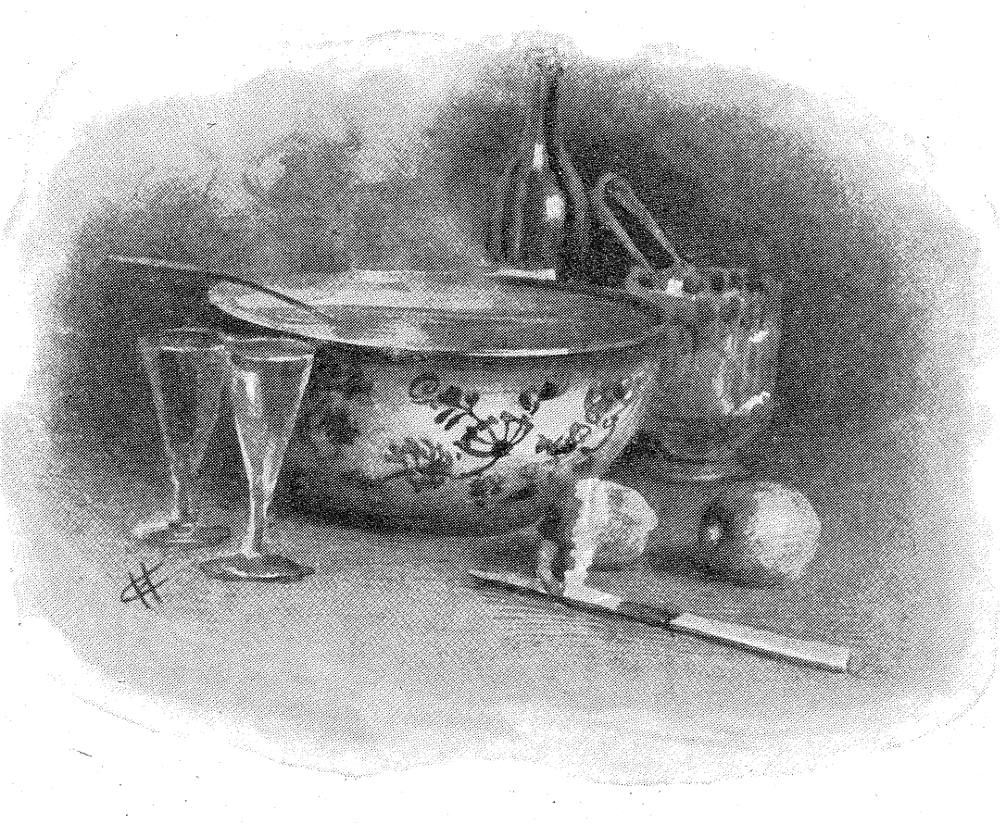
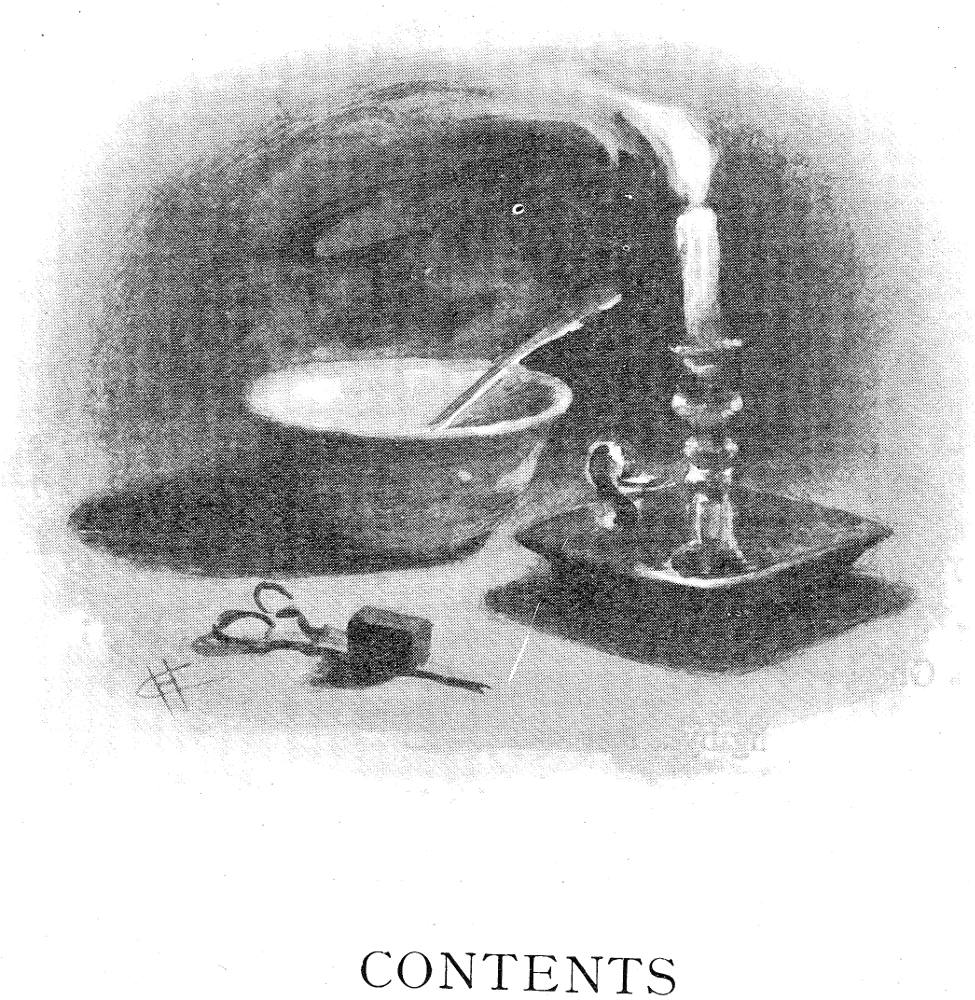
Copping again contrasts the convivial Cratchits and the solitary Scrooge. Other illustrators have followed Bob Cratchit sliding down Cornhill and in his counting-house cubicle, but Copping balances his interest in children generally and Tiny Tim in particular with a focus on the moral transformation of the protagonist, who appears a total of nine times in a narrative-pictorial sequence of eighteen lithographs. That A Christmas Carol is Scrooge's story Copping makes abundantly clear by the protagonist's appearance at the head of each stave, and even once as a child himself, abandoned by his family and left at school over the Christmas break.
Illustrations for A Christmas Carol (1843-1915)
- John Leech's original 1843 series of eight engravings for Dickens's A Christmas Carol
- Sol Eytinge, Junior's 1867-68 illustrations for two Ticknor & Fields editions for Dickens's A Christmas Carol
- E. A. Abbey's 1876 illustrations for The American Household Edition of Dickens's Christmas Books
- Fred Barnard's 1878 illustrations for The Household Edition of Dickens's Christmas Books
- Charles E. Brock's 1905 illustrations for A Christmas Carol and The Chimes
- A. A. Dixon's 1906 Collins Pocket Edition for Dickens's Christmas Books
- Harry Furniss's 1910 Charles Dickens Library Edition of Dickens's Christmas Books
- Charles Green's twenty-eight illustrations for A Christmas Carol (1912)
- A selection of Arthur Rackham's 1915 illustrations for Dickens's A Christmas Carol
Scanned image and text by Philip V. Allingham. [You may use these images without prior permission for any scholarly or educational purpose as long as you (1) credit the photographer and (2) link your document to this URL in a web document or cite the Victorian Web in a print one.]
Bibliography
Dickens, Charles. A Christmas Carol in Prose, Being A Ghost Story for Christmas. Illustrated by John Leech. London: Chapman & Hall, 1843.
Dickens, Charles. A Christmas Carol in Prose: being a ghost story for Christmas. Illustrated by Sol Eytinge, Junior. Boston: Ticknor & Fields, 1869.
Dickens, Charles. A Christmas Carol. Illustrated by Harold Copping. London, Paris, New, York: Raphael Tuck, 1911.
Dickens, Charles. A Christmas Carol. Illustrated by Charles Green, R. I. London: A & F Pears, 1912.
Dickens, Mary Angela [Charles Dickens' grand-daughter]. Dickens' Dream Children. London, Paris, New York: Raphael Tuck & Sons, Ltd., 1924.
Matz, B. W., and Kate Perugini; illustrated by Harold Copping. Character Sketches from Dickens. London: Raphael Tuck, 1924. Copy in the Paterson Library, Lakehead University, Thunder Bay, Ontario, Canada.
Created 5 October 2023